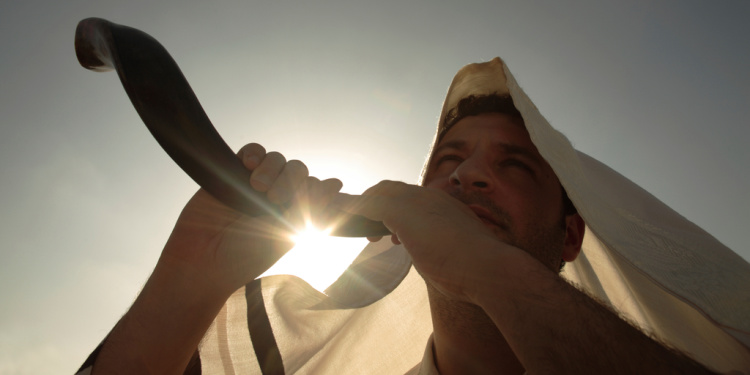What to Know About Yom Kippur
The Fellowship | October 7, 2019

Most everyone, Jewish or Christian, knows what Passover is about. And everyone, too, knows many of the main celebrations and rituals on Hanukkah. But many Christians might not know much about the holiest day on the Jewish calendar, Yom Kippur. So we’re sharing this cheat sheet on the Jewish Day of Atonement provided by PBS’ Wendy Thomas Russell:
Holiday: Yom Kippur (pronounced Yom Ki-POOR)
AKA: The Day of Atonement
Religion represented: Judaism
Date: The 10th day of Tishrei in the Hebrew calendar. It lasts exactly 25 hours, beginning (in 2015) the evening of Sept. 22 and ending the evening of Sept. 23.
On a scale of 1 to 10: Yom Kippur is a solid 10.
What it is: Yom Kippur is the last and most important of Judaism’s 10 High Holy Days, which begin on Rosh Hashanah, the Jewish New Year. As you might recall, the New Year is a time to reflect on one’s life and resolve to be a better person in the coming year. On Yom Kippur, God (often referred to as HaShem, Hebrew for “The Name”) is said to take a look at the deeds of the Jewish people and to seal each person’s fate in the “Book of Life.” More than anything, Yom Kippur is a day of seeking forgiveness and giving to charity.
Associated literary passages: Leviticus 16:29 and 23:27; Numbers 29:7-11 and Mishnah Tract Yomah 8:1
The Sabbath of all Sabbaths: Saturday (“the sabbath”) is to Jews what Sunday is to Christians; it is the “day of rest” when synagogues hold their weekly worship services. Yom Kippur is considered the “Sabbath of all Sabbaths” because, not only is it a day of complete rest (no work, no driving, etc.) but it’s a day of fasting and other restrictions: no washing or bathing, no perfumes or deodorants, no wearing leather shoes, and no sex. Services run all day on Yom Kippur — from 8 a.m. to 6 p.m. — with a break around 3 p.m. People wear white, and services generally end with a long blow from the shofar…
Conveying meaning to kids: Yom Kippur is about saying you’re sorry. And that’s a skill kids need to know! I suggest taking a bit of time as a family to think of three things you are sorry for — big things, tiny things, it doesn’t matter. And then talk about the importance of saying you’re sorry when you hurt people’s feelings. “Sorry” is such a small word, and yet it’s one of the most powerful words we can say. Think of all the little hurts you’ve suffered and carried around with you that could have been completely wiped away had the offending person simply said “I’m sorry.” You might also check out “Martha doesn’t say sorry!” a children’s book by Samantha Berger. And don’t forget “Celebrate: A Book of Jewish Holidays” by Judi Gross and Bari Weissman.
Appropriate greeting: “Have an easy fast.” (“Happy Yom Kippur” is not considered appropriate, as Yom Kippur is not a “happy” holiday.)
